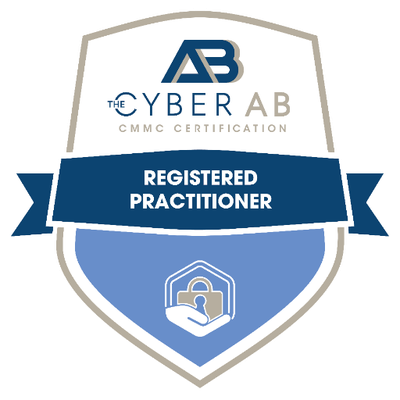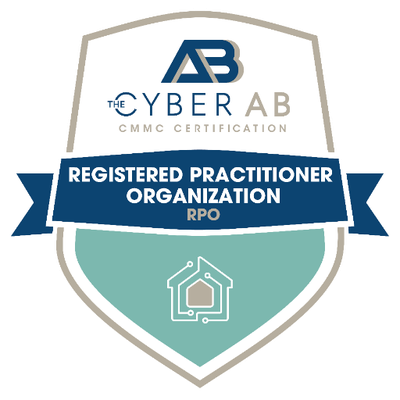For CFOs and CEOs, staying abreast of cybersecurity regulatory updates is critical for ensuring the protection of your organization’s valuable assets and maintaining compliance with evolving standards. In recent years, two key frameworks have emerged as cornerstones of cybersecurity governance: NIST 2.0 in the USA and ISO 27001:2022 worldwide. Let’s explore the latest developments and their implications for your organization.
NIST 2.0: Elevating Cybersecurity Governance in the USA
The National Institute of Standards and Technology (NIST) Cybersecurity Framework (CSF) has long been regarded as a benchmark for cybersecurity best practices in the United States. With the release of NIST 2.0, the framework has undergone significant updates to address emerging threats and evolving technology landscapes.
NIST 2.0 builds upon the foundation established by its predecessor, offering a comprehensive framework for managing and mitigating cybersecurity risks. It emphasizes a risk-based approach, enabling organizations to prioritize cybersecurity investments based on their unique threat landscape and business objectives.
For CFOs and CEOs, NIST 2.0 provides a roadmap for enhancing cybersecurity governance and resilience. By aligning with the framework’s guidelines, organizations can strengthen their cybersecurity posture, improve risk management practices, and demonstrate a commitment to protecting sensitive data and critical infrastructure.
ISO 27001:2022: Setting the Global Standard for Cybersecurity Management
Meanwhile, on the global stage, the International Organization for Standardization (ISO) recently released the latest version of ISO 27001:2022, further solidifying its position as the gold standard for cybersecurity management worldwide. This updated version reflects the ever-changing cybersecurity landscape and incorporates new best practices and controls to address emerging threats.
ISO 27001:2022 offers a systematic approach to managing information security risks, providing organizations with a flexible framework for establishing, implementing, maintaining, and continually improving an information security management system (ISMS). By adopting ISO 27001:2022, organizations can demonstrate their commitment to safeguarding information assets and complying with regulatory requirements on a global scale.
For CFOs and CEOs operating in international markets, ISO 27001:2022 offers a standardized approach to cybersecurity governance, enabling seamless compliance with regulatory requirements and enhanced trust and confidence among stakeholders.
Navigating Regulatory Preferences: SOC2, ISO 27001, and NIST CSF
While ISO 27001 and NIST CSF are gaining prominence as preferred frameworks for cybersecurity governance, SOC2 remains the de facto standard for service providers in the USA. Developed by the American Institute of Certified Public Accountants (AICPA), SOC2 provides a framework for evaluating and reporting on the controls relevant to security, availability, processing integrity, confidentiality, and privacy of data.
Internationally, organizations often opt for a combination of ISO 27001 and SOC2 to demonstrate compliance with regulatory requirements and industry standards. This hybrid approach enables organizations to address the unique needs of their global customer base while adhering to recognized best practices in cybersecurity governance.
In the event of a cybersecurity incident, NIST CSF is favored by attorneys for demonstrating governance and due diligence. Its comprehensive framework enables organizations to assess and improve their cybersecurity posture, mitigate risks, and respond effectively to security incidents, reducing legal liabilities and reputational damage.
Embracing a Holistic Approach to Cybersecurity Governance
For CFOs and CEOs, prioritizing cybersecurity governance is essential for protecting organizational assets and reputation. By staying informed about regulatory updates, leveraging frameworks like NIST 2.0 and ISO 27001:2022, and adopting a holistic approach to cybersecurity governance, organizations can mitigate risks, achieve compliance, and foster trust and confidence among stakeholders.




